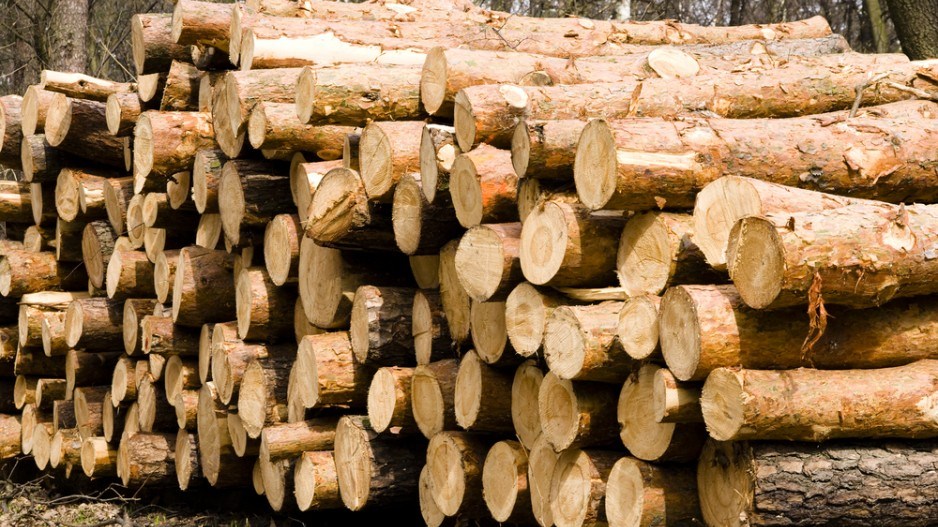Despite the recent market upturn for forestry, the consequences of the mountain pine beetle epidemic continue to be felt in British Columbia’s Interior region.
The B.C. government announced changes to the 100 Mile House timber supply area today, stating the amount of trees that can be logged will stay the same for now, but will be cut in half in the next five years.
The current annual allowable cut (AAC) for the 100 Mile House timber supply area (TSA) will remain at 2 million cubic metres for the next five years.
However, starting in 2018, the AAC will be reduced to 1 million cubic metres for five years.
No more than 500,000 cubic metres can be harvested from live trees.
Between 2001 and 2004, the B.C.’s chief forester raised the AAC in nine timber supply areas in the Interior to make it possible for forestry companies to aggressively harvest pine beetle-affected trees.
"Keeping the allowable annual cut elevated [in the 100 Mile House timber supply area] for five more years will maximize the salvage of dead timber and reforestation of affected lands,” said Diane Nicholls, B.C.’s deputy chief forester.
“The projected timber supply will only support that level of harvest until around 2018, so this determination includes an automatic decrease to a level that will conserve the mid-term timber supply."
The decision follows the October 24 announcement from Canfor (TSX:CFP) and West Fraser (TSX:WFP) that the two companies would swap timber harvesting rights in the Quesnel and Morice timber supply areas.
Canfor plans to close its mill in Quesnel, while West Fraser will close its mill in Houston, B.C. The companies said the plan would conserve the viable timber in the two areas, both hit hard by pine beetle.
Starting in the late 1990’s, mountain pine beetle infested and killed 723 million cubic metres of timber in Interior B.C.. The infestation peaked in 2005. However, the timber supply will be affected for the next 20-60 years until new trees grow back to replace the dead timber, according to the Ministry of Forests, Lands and Natural Resources.
Given the timber supply crunch anticipated during that period, those two mill closures likely won’t be the last, said Norm Macdonald, forestry critic for the NDP.
“What we’ve been told … from many sources is this is the beginning of what we’re going to see in the area,” Macdonald said. “We hear different numbers, but six to eight mills is what we’ve been told.”
Macdonald questioned whether the province is prepared to weather the coming storm.
“There has been money spent … on different committees and consultations, but it is the time when you would expect the rubber to hit the road,” Macdonald said. “What are the tangible pieces in place to [help] communities and workers?”
The B.C. government has invested over $900 million since 2001 in pine beetle mitigation strategies, said forestry minister Steve Thomson.
“We’ve worked closely with communities in building economic diversification and have taken steps to mitigate the impact … and built a diversified market for the industry,” Thomson said.
In a previous interview with Business in Vancouver, Thomson said that during his October trade mission to China and Japan, he worked to allay concerns from those countries that B.C.’s timber supply is under threat.




